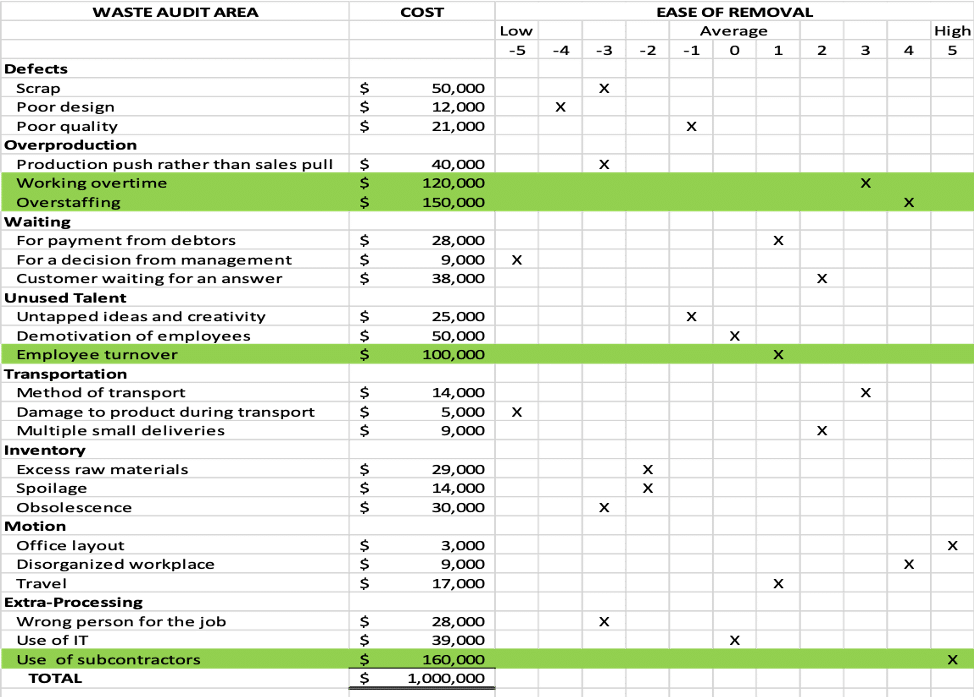We’re reaching out to emphasize the legal implications of the Corporate Transparency Act (CTA) and the new reporting requirements. This update serves as a reference to help you understand the potential impact on your business and to ensure you are well-informed about the initial steps and compliance obligations under the Beneficial Ownership Information Reporting requirements under the CTA. The CTA is not part of the tax code, and your legal counsel would be well versed to advise you on this new requirement.
General Background
The Corporate Transparency Act (“CTA”) was enacted January 1, 2021, as part of the National Defense Authorization Act, representing the most significant reformation of the Bank Secrecy Act and related anti–money laundering rules since the U.S. Patriot Act. The CTA is intended to address and guard against money laundering, terrorism financing, and other forms of illegal financing by mandating certain entities (primarily small and medium size businesses) to report “beneficial owner” information to the Financial Crimes Enforcement Network (“FinCEN”).
The CTA authorizes FinCEN, a bureau of the U.S. Treasury Department, to collect, protect, and disclose this information to authorized governmental authorities and to financial institutions in certain circumstances.
What entities are subject to the new CTA reporting requirements?
Entities required to comply with the CTA (“Reporting Companies”) include corporations, limited liability companies (LLCs), and other types of companies that are created by a filing with a Secretary of State (“SOS”) or equivalent official. The CTA also applies to non-U.S. companies that register to do business in the U.S. through a filing with a SOS or equivalent official. Since the definition of a domestic entity under the CTA is extremely broad, additional entity types could be subject to CTA reporting requirements based on individual state law formation practices.
There are 23 Categories of entities that are exempt from filing a BOI report. Many of the exceptions are entities already regulated by federal or state governments and as such already disclose their beneficial ownership information to governmental authorities, including public companies, and those defined as a large operating company.
If your company meets all the following requirements, it will be defined as a “large operating company” and exempt from the reporting requirement.
- Employ at least 20 full-time employees in the U.S.
- Gross revenue (or sales) over $5 million on the prior year’s tax return
- An operating presence at a physical office in the U.S.
Who is considered a “beneficial owner” of a Reporting Company?
A beneficial owner is any individual who, directly or indirectly, exercises “substantial control” or owns or controls at least 25% of the company’s ownership interests.
An individual exercises “substantial control” if the individual (i) serves as a senior officer of the company; (ii) has authority over the appointment or removal of any senior officer or a majority of the board; or (iii) directs, determines, or has substantial influence over important decisions made by the Reporting Company. Thus, senior officers and other individuals with control over the company are beneficial owners under the CTA, even if they have no equity interest in the company.
In addition, individuals may exercise control directly or indirectly, through board representation, ownership, rights associated with financing arrangements, or control over intermediary entities that separately or collectively exercise substantial control.
CTA regulations provide a much more expansive definition of “substantial control” than in the traditional tax sense, so many companies may need to seek legal guidance to ultimately determine who are deemed beneficial owners within their organization.
Phase-in of reporting requirements
As currently promulgated, the CTA’s reporting requirements will be phased-in in two stages:
- All new Reporting Companies — those formed (or, in the case of non-U.S. companies, registered) on or after January 1, 2024 — must report required information within 90 days after their formation or registration.
- All existing Reporting Companies — those formed or registered before January 1, 2024 — must report required information no later than January 1, 2025.
How to prepare for the CTA
With the CTA introducing a new and expansive reporting regime, now is the time to assess the new rules’ implications on your organization. Some questions and comments for your company to consider now, although not meant to be all inclusive, include:
- Is your company subject to the CTA or do you qualify for any of the exemptions?
- If your company is not exempt, how should you calculate percentages of “ownership interests” to determine whether any owners meet the 25%-ownership threshold? In many companies with simple capital structures, the answer will be obvious. It may be much less obvious, however, for companies with complicated capital structures (given the expansive definition of “ownership interest”), or companies in which some ownership interests are held indirectly — for example, through upper-tier investment entities, holding companies, or trusts.
- How do you assess and determine each person who exercises “substantial control” over the company? There may well be multiple people who qualify, given the expansiveness (and vagueness) of the “substantial control” definition.
- What new processes and procedures should the company put in place to monitor future changes in its beneficial owners and reportable changes on existing beneficial owners that will require timely updated reports to FinCEN? Note that the types of information that must be provided to FinCEN (and kept current) for these beneficial owners include the owner’s legal name, residential address, date of birth, and unique identifier number from a non-expired passport, driver’s license, or state identification card (including an image of the unique-identifier documentation). A word of caution, this is going to be a trap for Reporting Companies, as you will need to rely on beneficial owners to timely update you on reportable changes to their information (e.g., ownership changes, moves, marriages, divorces, etc.). As a result, a company’s operative documents may need to be revised to include provisions related to the CTA such as representations, covenants, indemnifications, and consent clauses. For example, the operating agreement may require:
o A representation by each shareholder, member or partner, as applicable, that it will be in compliance with or exempt from the CTA;
o A covenant by each shareholder, member or partner, as applicable, requiring continued compliance with and disclosure under the CTA or to provide evidence of exemption from its requirements;
o An indemnification by each shareholder, member or partner, as applicable, to the company and its other shareholders, members or partners, as applicable, for its failure to comply with the CTA or for providing false information; and
o A consent by each disclosing party for the company to disclose identifying information to FinCEN, to the extent required by law.
Next Steps!
As the CTA introduces significant legal requirements outside the tax code, understanding its application and ensuring compliance is complex and necessitates legal expertise. While this communication aims to provide a foundational understanding and highlight critical considerations, it is not a substitute for legal advice. We strongly urge you to consult with legal counsel to navigate the specifics of the CTA, including assessing whether your entity is subject to reporting requirements or qualifies for exemptions, and to ensure your compliance strategy is robust and effective.
We strongly encourage you to reach out as soon as possible to legal counsel regarding any entities you are contemplating forming during 2024 to ensure you are addressing CTA compliance for those entities. Reporting Entities formed prior to 2024 will be required to report on or before January 1, 2025, and should be analyzed early in the year in order to be completed timely.
Remember, the penalties for non-compliance can be severe, including civil penalties and criminal charges. Early engagement with legal professionals can help mitigate risks and ensure timely adherence to all requirements.
For further information and to stay updated on beneficial ownership reporting under the CTA, we recommend reviewing FinCEN’s Frequently Asked Questions document and other resources available at https://www.fincen.gov/boi-faqs.











